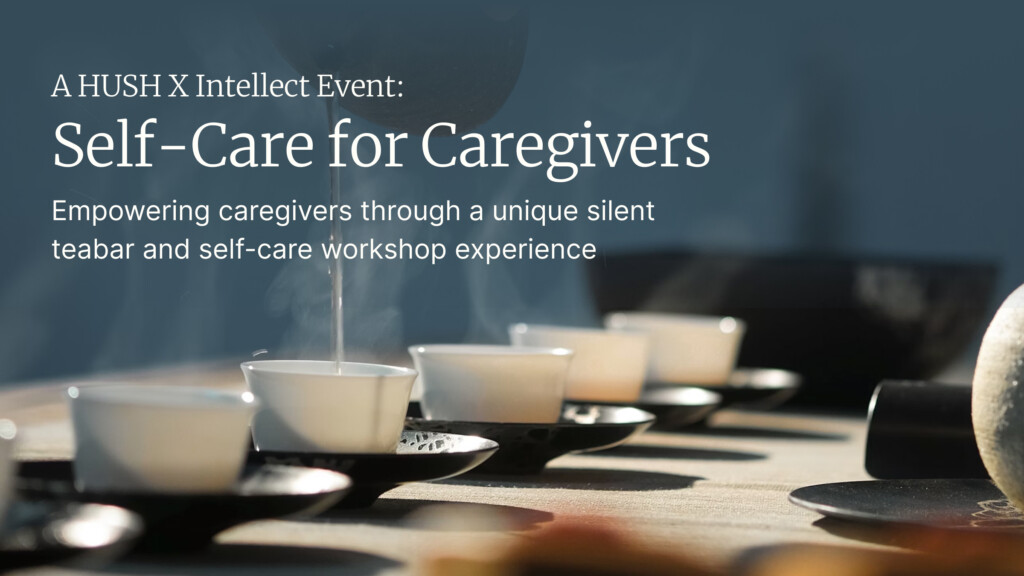Psychological safety is “a belief that one will not be punished or humiliated for speaking up with ideas, questions, concerns, or mistakes.”
When team members feel safe to take interpersonal risks, questions like “what is the goal of the project?” can be asked without fear that they’ll be judged as ignorant.
In Harvard Business School professor Amy C. Edmondson’s TEDx Talk, she explained that “every time we withhold, we rob ourselves and our colleagues of small moments of learning and we don’t innovate […] We are so busy managing impressions that we don’t contribute to creating a better organisation.”
No wonder psychological safety is found to be among the top five prerequisites of high-performing teams.
But how do you measure psychological safety?
That’s the big question—because what can be quantified can be improved.
What leaders can look out for

The first thing you can do before conducting any survey is read the room.
On the surface, teams that make more mistakes may appear to be performing poorly. But on the flip side, it could be a sign that team members are more willing to experiment. What you should look out for are feelings of apprehension and fear.
According to The Predictive Index, these could manifest in the following signs and symptoms:
- Employees don’t ask many questions during meetings.
- Employees don’t feel comfortable owning up to mistakes and instead blame others when mistakes are made.
- The team avoids difficult conversations and hot-button topics.
- Executives and team leaders tend to dominate meeting discussions.
- Feedback is not frequently given or requested.
- Employees don’t often venture outside of their job descriptions to support other teammates.
- Employees don’t ask one another for help when they need it.
- There are hardly any disagreements or differing points of view.
- Employees don’t know one another personally, just professionally.
Does this sound like your organisation? Here are six ways to create psychological safety at work.
Using surveys to measure psychological safety

To get a more granular view of a team’s psychological safety, Edmondson asked team members how strongly they agreed or disagreed with these statements:
- If you make a mistake on this team, it is often held against you.
- Members of this team are able to bring up problems and tough issues.
- People on this team sometimes reject others for being different.
- It is safe to take a risk on this team.
- It is difficult to ask other members of this team for help.
- No one on this team would deliberately act in a way that undermines my efforts.
- Working with members of this team, my unique skills and talents are valued and utilized.
Leaders can start by creating a team-wide survey, asking members to rate these statements on a scale of 1 to 5, with 1 being “strongly disagree” and 5 being “strongly agree,” and then discussing the results after.
Note that there may be fear of retaliation to speak up even in psychological safety surveys. If this is the case, leaders may need to reinforce the importance of speaking up and reassure employees that their answers will not be used against them.
Guaranteeing anonymity can make a big difference, though it does not allow managers to follow up with individuals for more detail or clarity.

Richard McLean, a senior director at Elsevier Connect, ran this exercise with his team and suggested that anyone looking to do the same should consider a few things:
- Who will facilitate the exercise? The team leader, a team member, an HR colleague, or an external facilitator? Are they experienced with handling this sort of exercise?
- How will you create the right conditions/environment in the room to discuss your results? The discussion could be very sensitive, so what guardrails will you have in place to set expectations and support people (eg a set of principles, rules of engagement, or a “safe space agreement”)?
- How will you facilitate the discussion if your scores show that people feel a lack of psychological safety?
- How will you facilitate the discussion if the majority of people score one way on a particular question and there is someone whose score is an outlier and very different from the rest?
- How will you protect respondents’ anonymity?
- How will you ensure that no one is singled out?
Organisations looking to get a broader view of the company’s psychological safety can also consider integrating this survey into their regular pulse surveys.
Is your organisation a safe space?
Edmondson’s model shows the importance of balancing psychological safety with accountability and motivation. Its four zones—apathy, comfort, anxiety, and learning—are outcomes of adjusting the scales.

Apathy Zone. This is where teams have little sense of psychological safety, accountability, and motivation. Members might struggle to care about their work and feel little need to discuss or even care about mistakes.
Comfort Zone. This is where teams have high psychological safety but low accountability and motivation. Members in this zone might feel comfortable with one another, but they are not particularly challenged by what they do.
Anxiety Zone. This, as Edmondson put it, is an unfortunately common zone where high-performing and motivated employees do not feel like they are in a psychologically safe environment. Here, members are often too scared of punishment to speak up.
Learning Zone. This is the ideal zone where teams have both high psychological safety, accountability, and motivation. It’s an ideal environment for learning, innovation, and growth because members feel responsible for their actions and safe enough to discuss mistakes.
By measuring psychological safety against accountability and motivation among employees, organisations will know where they stand in the grand scheme of things.
Cultivating psychological safety

Innovation is often attributed to factors such as motivation, burnout, and structure, but Edmondson and the 2-year Google study have shown that creating and measuring psychological safety intentionally is just as important to drive success.
If you want to take things one step further, learn more about the four stages of psychological safety and how to level up here.





